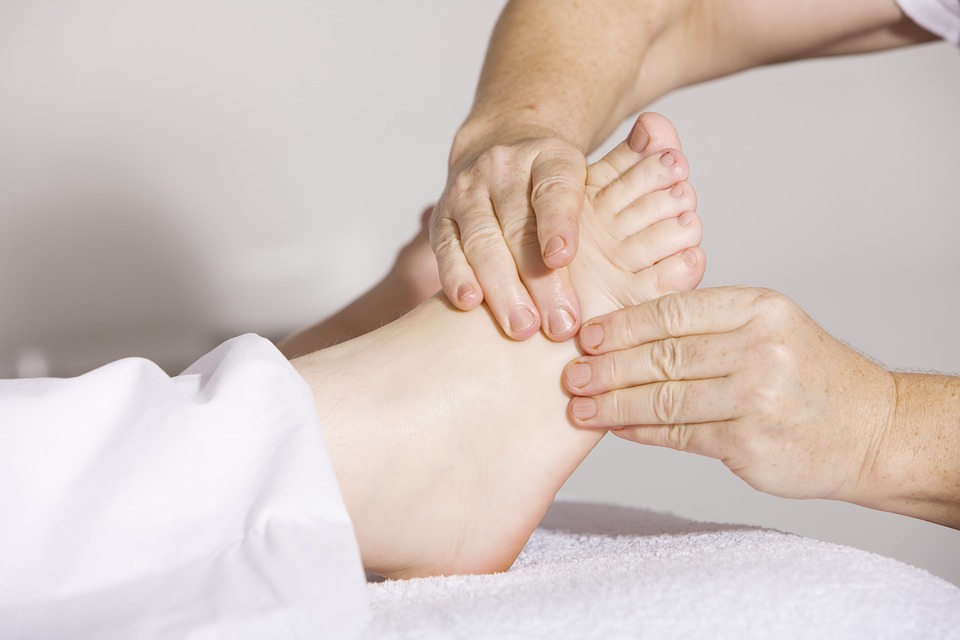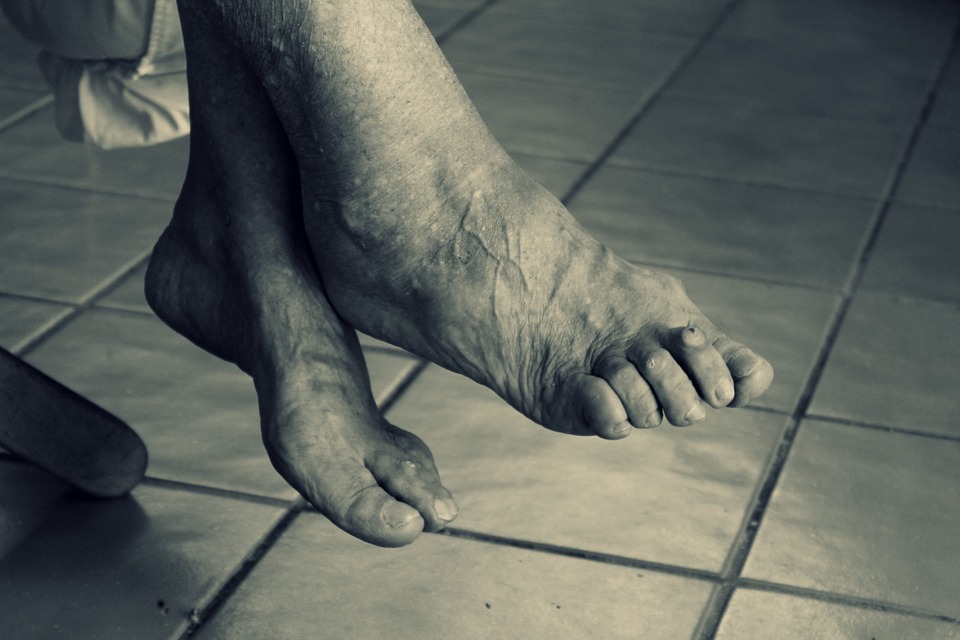Have you ever visited a podiatrist? When it comes to health problems, your local GP is usually the first port of call.
However there is actually a plethora of allied health professionals ready and willing to provide more specialised support for particular issues – if only people knew they existed!
For example, I was over 50 the first time I ever visited a podiatrist. During my appointment I learned that I certainly wasn’t alone, as most of their patients had only begun attending as seniors.
The Foot Care Experts
Many aren’t even sure what a podiatrist does!
A brief refresher course on the Latin and Greek roots you may have learned back in your school days provides the answer. “Podiatrist” comes from the Greek root “pod” and the latin root “ped”, both of which mean feet – so podiatrists are the experts on all things feet.
The reason we don’t become familiar with podiatry services until later in life, is because we tend to take our feet – and the precious mobility they allow us – for granted. That is, until we start experiencing difficulties with them, which becomes a lot more common as we age.
Why Seniors Might Need a Podiatrist
So why exactly are you more likely to need to see a podiatrist as you get older?
Here are 5 of the most common reasons the over 50’s age group makes up the bulk of a podiatrist’s clientele:
- This is when a lifetime of wearing poorly fitting shoes tends to catch up with you, in the form of bunions, corns, and the like. Fashion has a lot to answer for in this regard – remember cramming your toes into pointy shoes, or rolling your ankle when wearing heels or even high platforms?
- Your close-up vision deteriorates. Even with reading glasses it can be hard to see properly to care for your feet and toenails.
- And speaking of toenails, they tend to get thicker, tougher, and more unruly as you get older – and not as adept at wielding the manicure scissors or clippers as we once were.
- Diabetes becomes much more common in seniors, with one in six Australians in the over 65 age group with the condition. Diabetes affects the circulation and nerves in the feet, so that minor wounds and infections can easily escape detection until they have become a major problem. For this reason, once you’ve received a diagnosis of diabetes, it is recommended that you visit a podiatrist for a checkup at least once per year.
- Your tendons and ligaments aren’t as strong and flexible as they used to be, and the layer of fat in the feet diminishes, all of which puts more pressure on the structure and bones ‘way down there’.
What your Local Podiatrist Wishes You Knew
While your local podiatrist is ready to help with all the foot problems commonly associated with ageing, there is so much more to their services than this.
As with so many aspects of your health, prevention is better than cure so an occasional podiatry checkup is a great idea for both you and your children.
With technological advances like digital gait scan, your local podiatrist can pick up problems with your feet and movement long before you can. Detecting issues as early as possible helps to prevent them developing into major issues further on in life.
When was the last time you visited a podiatrist?





